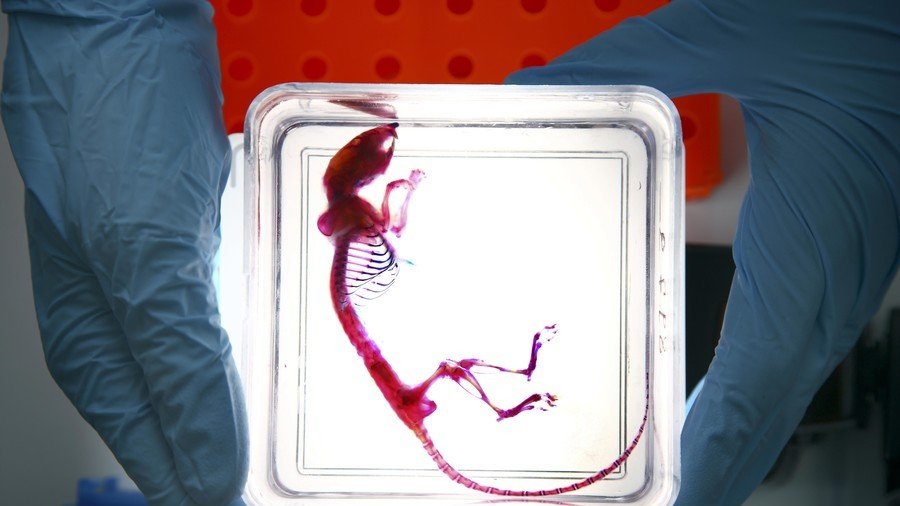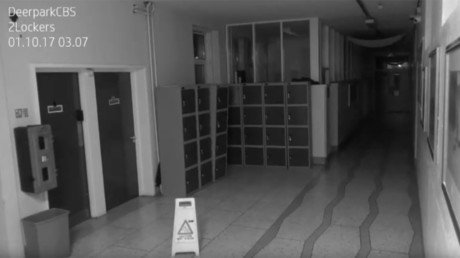Down with dads? Researchers spawn healthy mice from 2 mothers

In a major breakthrough in the field of epigenetics, scientists at the Chinese Academy of Sciences may have just rendered males obsolete… well, for mice anyway. For now.
The rules of reproduction may have changed irrevocably after the researchers overcame the the joint male-female barrier to sexual reproduction in mammals for the first time, using 210 embryos to create 29 live, healthy mice with two mothers, but no father.
“We were interested in the question of why mammals can only undergo sexual reproduction,”says the study's senior co-author Qi Zhou. Parthenogenesis, or sperm-free reproduction, is common among insects, fish and lizards - but not in mammals.
The team concentrated on roughly 100 genes that are activated when they come from both parents, but rely on each other for correct development. However, using only genetic material harvested from two female mice, the team began deleting certain key sequences in the DNA of embryonic stem cells, using the Crispr-Cas9 genetic cutting tool.
Traditionally, problems arise when attempting to reproduce clones using DNA from single-sex parents as certain gene expressions can be muted depending on the sex of their donor ‘parent’; running the risk of doubling-up on certain gene expressions but missing out on other critical genetic markers necessary for healthy development.
Japanese researchers were able to overcome this obstacle in 2004, but the procedure was deemed too inefficient and costly. However, epigenetics has advanced a great deal in the subsequent 14 years.
The Chinese researchers strategically deleted specific regions on the female stem cells’ chromosomes, thus making them more akin to primordial germ cells, “the precursors of eggs and sperm,” according to Baoyang Hu, also a senior co-author on the study.
READ MORE: FDA to use aborted fetus parts to breed ‘humanized mice,’ pro-life lobby outraged
The fatherless mice achieved maturity and themselves reproduced the old-fashioned way without any issue.
While a major step in single-sex parent fertilisation, the current technique is far from perfect: just 29 live mice were produced from 210 embryos. In addition, this success could not be replicated with babies from male-only mice: none of the twelve mice that were born survived 48 hours. Male mice will have to up their game to stay relevant it seems.
“If the research is reproducible, and also works in humans, it still has to be shown to be safe,”Bob Williamson, the chair of the Board of Stem Cells Australia, said. “The experiments are, however, important, because they may shine a light on some causes of serious handicap in children.”
The research was published in the journal Cell.
Like this story? Share it with a friend!














